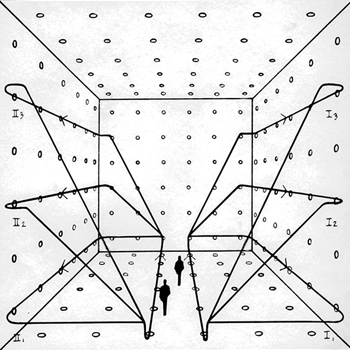#g(t) = 7 / sqrt t#
by definition
#g'(t) =lim_(h to 0) (g(t + h) - g(t))/(h)#
# =lim_(h to 0) 1/h * (7 / sqrt (t + h) - 7 / sqrt t)#
lifting the constant term out
# = 7 lim_(h to 0) 1/h * (1 / sqrt (t + h) - 1 / sqrt t)#
combining the fractions
# =7 lim_(h to 0) 1/h * (sqrt (t ) - sqrt (t+h))/(sqrt (t+h)sqrt (t))#
# =7 lim_(h to 0) 1/h * (sqrt (t ) - color(red)(sqrt(t)) sqrt (color(blue)(1+h/t)))/(sqrt (t+h)sqrt (t))#
cancelling #sqrt t#
# =7 lim_(h to 0) 1/h * (1 - sqrt (1+h/t))/(sqrt (t+h))#
Now, by generalised Binomial Theorem:
#sqrt (1+h/t) = (1+h/t) ^(1/2) = 1 + 1/2 h/t + O(h^2)#
# implies 7 lim_(h to 0) 1/h * (1 - (1 + 1/2 h/t + O(h^2)))/(sqrt (t+h))#
# =7 lim_(h to 0) 1/h * ( - 1/2 h/t + O(h^2))/(sqrt (t+h))#
# =7 lim_(h to 0) ( - 1/(2t) + O(h))/(sqrt (t+h))#
the limit of the quotient is the quotient of the limits where the limits are known
# =7 (lim_(h to 0) - 1/(2t) + O(h))/(lim_(h to 0) sqrt (t+h))#
# =7 ( - 1/(2t) )/( sqrt (t))#
# =7/(2 sqrt (t^3))#

